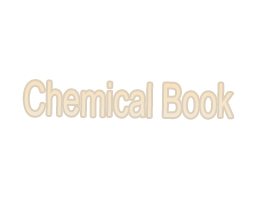Product name: L-tartaric acid
Chemical formula: C4H6O6
CAS: 87-69-4
Product performance:
Tartaric acid is commonly used in the preparation of medicines, mordants and tanning agents, and is also commonly used as a reagent for the resolution of racemic basic compounds. It is also a sour agent in food additives, sourness is better than malic acid, lactic acid and so on. Several of its salts have important applications. For example, the Fehling reagent is formulated with potassium sodium tartrate in the laboratory to identify aldehyde functional groups in the structure of organic molecules. Its potassium and sodium salt is also called Rochelle's salt. Its crystals are polarized under pressure to produce a potential difference (piezoelectric effect) on both ends of the surface, which can be made into piezoelectric elements for radio and cable broadcasting. The receiver and pickup. Medically, potassium antimony tartrate (commonly known as tartrate) is used to treat schistosomiasis.
Analysis of certificate:
| Testing Item | Standard | Result |
| Characters | White crystalline powder | White crystalline powder |
| Content (on dry basis) (%) | ≥99.5 | 99.71 |
| Sulphate (SO4) (%) | ≤0.04 | <0.04 |
| Heavy metals (pb) (%) | ≤0.001 | <0.001 |
| Arsenic (As) (%) | ≤0.0002 | <0.0002 |
| Oxidable matter (%) | passed | passed |
| Loss on drying (%) | ≤0.5 | 0.38 |
| Residue on ignition (%) | ≤0.1 | 0.06 |
| Melting point (ºC) | 200~206 | 205 |
| Note: Special requirements of particle size should be negotiated by both suppliers and customers |
Storage: Stockpiled at the ventilated place, avoiding rain, moisture and insolation. Please handle with care to prevent bag damage, store away from toxic substances.
Packing: Net 25kg in Plastic woven bags with PE lining
Loading:27MT/20FCL' without pallets
Shelf Life: Two years when properly stored


 China
China

